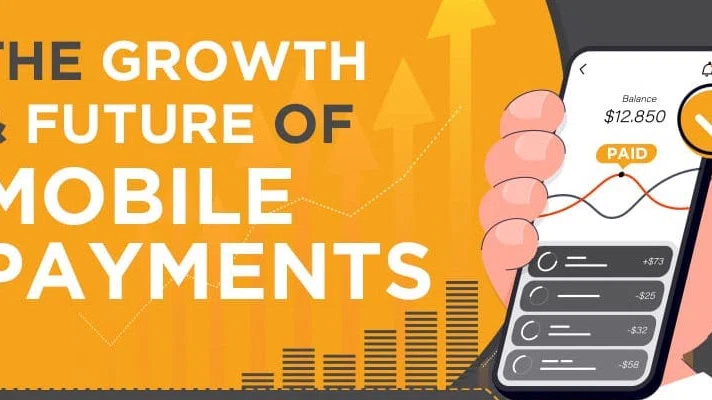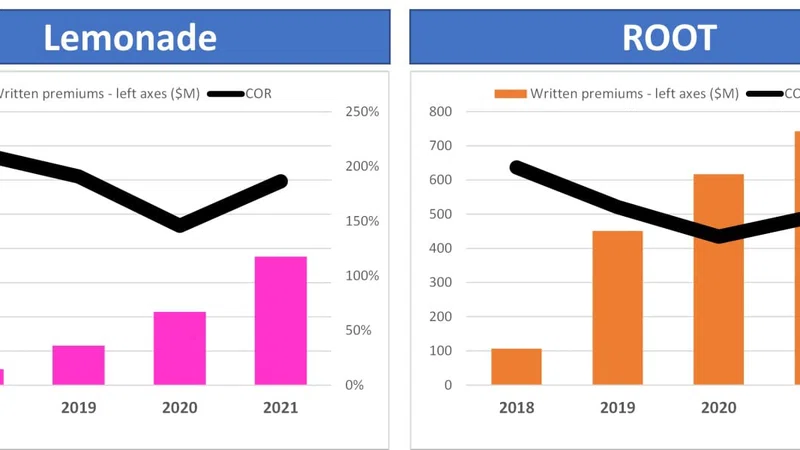Caught in a “Mexican stand-off”, Pay by Bank app has struggled to become an established payment method. There has been a lack of awareness from consumers. CFI’s (issuing banks) have been reluctant to dive in because there was no demand from consumers. While payment processors have been unwilling to offer a service to their merchants which has a limited customer base. Stuck in a seemingly unbreakable cycle of adoption barriers, after years of lingering in the pipeline, the payment service looked unlikely to fulfil its potential. However, 2022 has carried whispers of something more, and it seems that the rumours of Pay by Bank app’s demise have been vastly exaggerated.
What’s happening right now with Pay by Bank app?
In early 2022, NatWest agreed to become a CFI, joining HSBC and Barclays, and becoming a part of the Pay by Bank app ecosystem. Giving more customers greater access to the service, and providing merchants with a larger customer base to target. While this is satisfying progress in and of itself, it means something more for Pay by Bank app.
With greater availability – alongside greater visibility, thanks to a series of strong marketing campaigns run by SimplyPayMe – comes greater awareness and demand from consumers. And this feeds the need for payment processors to come on board.
With new research finding that merchants, especially SMEs, are eager to adopt Pay by Bank app as a payment service, it looks like this is the year for the app to shine.
Pay by Bank app: What’s in it for merchants?
One of the reasons why Pay by Bank app was so slow to take off is because CFIs saw little reason to introduce a new way to pay. Customers were happy with the status quo, and with Pay by Bank app far from offering a new revenue stream – in fact holding a threat to cannibalise the existing revenues which issuing banks earn from debit card interchange fees – the new service seemed an unnecessary development. But now retailers and other merchants are looking for more.
Pay by Bank app offers cheaper pricing, with transaction fees sitting at 0.45%, versus the 1.4% of most debit cards. Funds are processed and received more quickly. Yet the same degree of security is provided by the merchant’s bank as with any other form of transaction and the system is designed for easy integration. While the customer experience is enhanced through digital debit’s additional convenience.
How does ‘digital debit’ differ from traditional debit?
The outstanding benefit of digital debit for consumers is security. While debit cards can be easily lost, stolen, or cloned, digital debit has no physical product to misplace. And protected by two-step authentication, it’s more difficult for fraudsters to abuse digital debit. Cloning is almost impossible. And should your wallet be lost, there’s no way for your digital funds to be accessed – no contactless payments to be swiftly made, or digital purchases processed. With Account information service providers (AISPs) enabling a host of new financial products, digital payment looks set to shortly become the norm, allowing the likes of Pay by Bank app to move into the mainstream.
There is no denying that it’s been a slow start for Pay by Bank app. It started with a fanfare and significant promise, but it arrived just slightly before its time. With new infrastructure in place, and industry support, Pay by Bank app has no more barriers. And this will be the year that it takes the world by storm.













